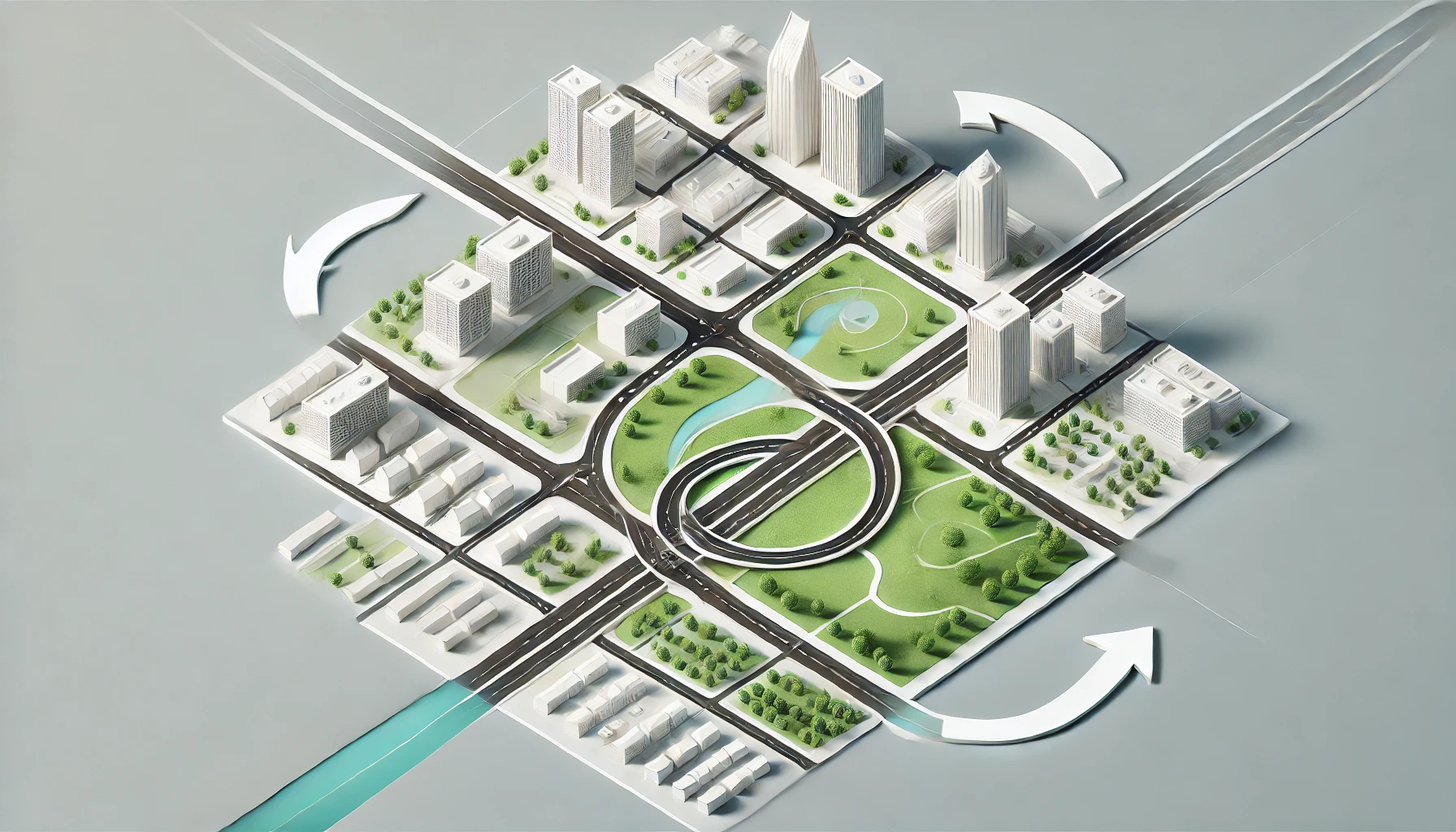What is Transfer of Development Rights (TDR)? Changes Introduced by the New Law and Its Impact on Urban Planning
The transfer of development rights (TDR) is a crucial regulation in urban planning that has now been formally defined under Article 5 of the Zoning Law No. 3194. The new law approved by Parliament provides an alternative solution for privately-owned properties designated for public use, aiming to reduce expropriation costs and protect property owners’ rights.
So, what exactly is TDR, why is it necessary, and what changes does the new law introduce? Here are the details…
What is Transfer of Development Rights (TDR) and Why is It Necessary?
TDR is a mechanism that allows property owners whose land has been designated for public purposes—such as roads, parks, green spaces, or public facilities—to transfer their development rights to another location where construction is permitted.
This system is primarily designed to:
✔ Reduce expropriation costs,
✔ Protect private property rights, and
✔ Ensure balanced urban development.
Previously, this method was applied through planning notes, but with the new law, it has become legally binding, making it more transparent and enforceable.
When and How Can Development Rights Be Transferred? Step-by-Step Process
The new regulation clearly defines the conditions under which development rights can be transferred. Here are the main cases where TDR applies:
- Historical and Natural Conservation Areas: In areas where construction is prohibited, property owners are granted development rights in other designated zones.
- Lands Designated for Expropriation: Private properties designated for roads, parks, schools, hospitals, or other public uses can utilize TDR instead of undergoing compulsory expropriation.
- Ecologically Sensitive Zones: To maintain environmental sustainability, properties in restricted development areas can transfer their rights to another location.
- Lands Affected by Zoning Changes: If previous zoning plans permitted construction but new zoning plans restrict it (e.g., river conservation zones, energy transmission corridors, pipeline areas), development rights can be relocated.
Step-by-Step TDR Process
✅ 1. Determining Eligibility: The municipality assesses whether the property qualifies for TDR.
✅ 2. Designation of Receiving Areas: Authorities specify which areas can accept transferred development rights, usually urban renewal zones, commercial centers, or designated growth areas.
✅ 3. Property Valuation Process:
- Under the new regulation, development rights will be based on economic value rather than construction area (m²).
- A minimum of two independent valuation reports will be required.
✅ 4. Legal Approval and Registration:
- The municipality and relevant public institutions must approve the transfer.
- TDR is officially recorded in the title deed, finalizing the process.
What Has Changed with the New Law? Key Updates
🔹 Economic Value-Based Valuation: Previously, transfers were based on building area (m²), but now economic value will be the standard. This prevents unjust enrichment by relocating low-value properties to high-value zones.
🔹 Standardized Application Process: Previously, different planning areas had varying rules for “floor area transfer” or “TDR.” Now, these are unified under a single regulation.
🔹 Mandatory Independent Valuation Reports: At least two reports from independent valuation firms are now required.
🔹 Predictability for Investors:
- Previously, different regions had inconsistent rules, causing uncertainty.
- The new law provides a more predictable legal framework, making investment decisions easier.
Benefits of Transfer of Development Rights: Why Is It Important?
✅ Reduces expropriation costs, saving public funds.
✅ Protects private property owners from financial loss.
✅ Supports planned urban growth and expands green spaces.
✅ Speeds up and optimizes urban transformation projects.
Conclusion: The New Law Will Shape the Future of Cities!
The new regulation aims to make TDR more transparent and fair by:
✔ Reducing expropriation costs,
✔ Protecting private property rights, and
✔ Establishing a more sustainable framework for urban development.
If you own property and want to check whether it qualifies for TDR, you can consult your local municipality for a detailed review of the process. 🚀


